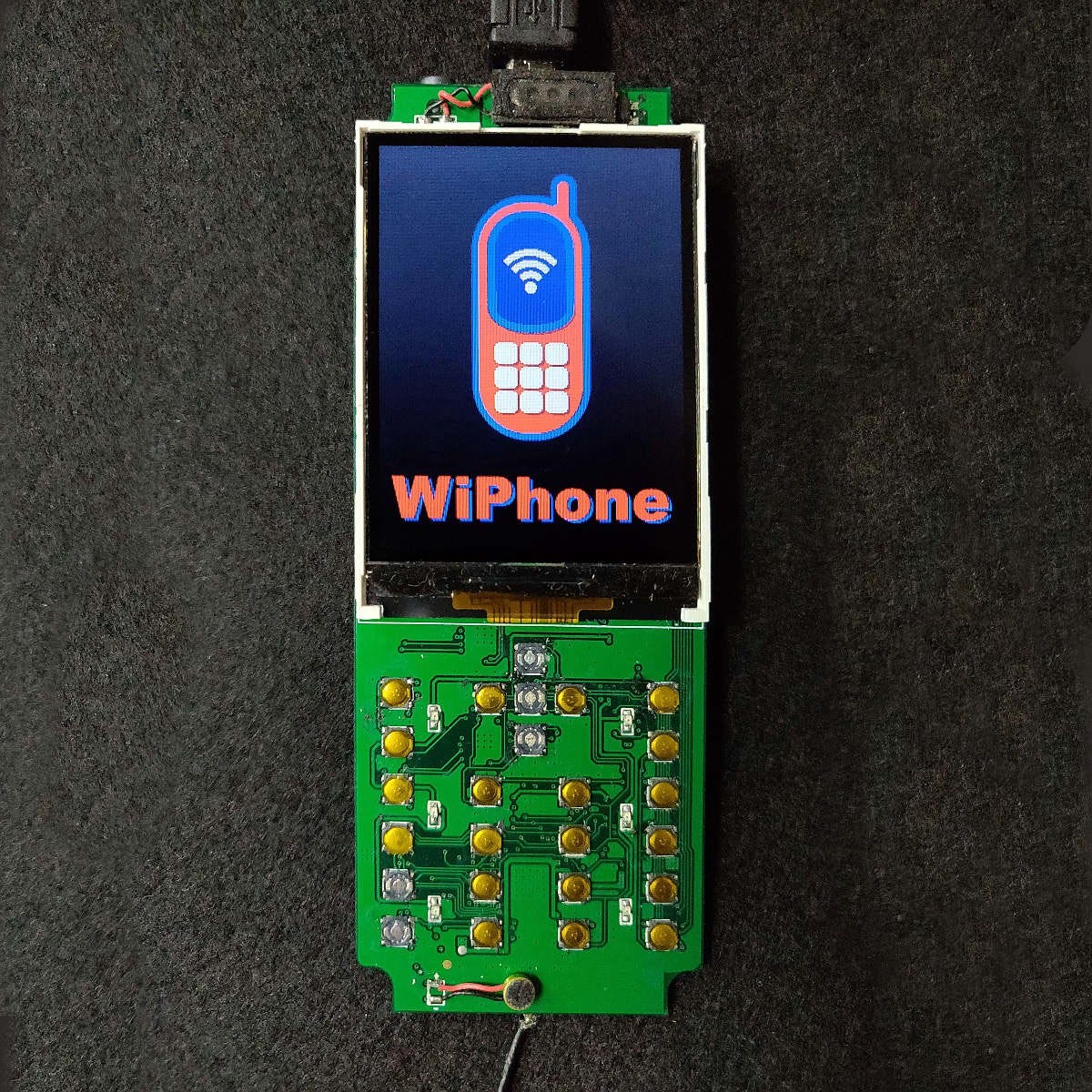POST /api/sms/send-sms HTTP/1.1
Host: 192.168.9.1
User-Agent: Mozilla/5.0 (X11; Ubuntu; Linux x86_64; rv:34.0) Gecko/20100101 Firefox/34.0
Accept: */*
Accept-Language: en-US,en;q=0.5
Accept-Encoding: gzip, deflate
Content-Type: application/x-www-form-urlencoded; charset=UTF-8
X-Requested-With: XMLHttpRequest
Referer: http://192.168.9.1/html/home.htm?startPage=sim-error
Content-Length: 244
Connection: keep-alive
Pragma: no-cache
Cache-Control: no-cache
<?xml version='1.0' encoding='UTF-8'?><request><Index>-1</Index><Phones><Phone>0400000000</Phone></Phones><Sca></Sca><Content>Hello</Content><Length>5</Length><Reserved>1</Reserved><Date>2015-01-21 18:31:36</Date><token>579293</token></request>
HTTP/1.1 200 OK
Date: Thu, 01 Jan 1970 00:00:00 GMT
Server: mini_httpd/1.19 19dec2003
Connection: close
Cache-Control: no-cache
Content-Type: text/html
Content-Length: 101
<?xml version='1.0' encoding='UTF-8'?>
<error>
<code>113054</code>
<message></message>
</error>
There doesn't appear to be any authentication. I'll attach the lsusb output. I haven't worked out what the 'token' is.
The other option would be to find an older one that (I guess) appears as a serial port - which you normally use a PPP connection to use. A google for 'Huawei AT commands' suggests you can issue a command to send a SMS.
- 3Arduino Miniconf 2014
Registration
NOTE: All places have now been filled. However, you can still submit the registration form to be on the waiting list. More spots may become available.
Build your own cellphone! Bergey's manual of bacteriology pdf full text. Based on the ATmega1284P, ArduPhone lets you build mobile phone functionality into your Arduino projects or even to use as your own phone. Customise the firmware using the Arduino IDE, write your own games to use the 128x128 pixel OLED screen, send and receive SMSs, access web services, log da. The ArduPhone is an Arduino compatible board with onboard GSM module, OLED display, matrix keypad, and battery charger. Features: Micro-USB connector for charging and programming.
Please register at Arduino Miniconf 2014 Registration Form
Email list
To stay in contact between conferences, the following Google Group email list has been set up. This will be good for technical support, letting each other know what we've done with our projects and preparation for the next Mini-Conf.
Aru Phone
Arduino Miniconf 2014
What
The Arduino Miniconf is a 1-day event that runs in conjunction with the linux.conf.au conference. It gives participants an opportunity to learn basic hardware skills such as soldering, by assembling their own Arduino-compatible project, and then the afternoon is filled with interesting talks about various projects and techniques related to Arduino and open hardware in general. To give you some idea what to expect, this is the hardware assembly session at the 2011 Arduino Miniconf:
(Photo by Andrew McMillan, CC2.0)
After the assembly session is over the room is cleaned up a bit and the talks begin. It's a fun and educational event!
When
The ArduPhone design uses mostly surface mount parts which are all pre-fitted, leaving a small number of through-hole parts for you to solder on. Mkx all dlc characters dlc. You'll need to fit some connectors, solder in some buttons.
Artphone
Tuesday, January 7th, 2013, promptly after the LCA opening ceremony and morning tea. Please don't be late!
Where
Perth, as part of linux.conf.au.
The Miniconf room is in the Physics building, lab 1.28 on the first floor.
Here's a Google Maps link showing the entrance to the Physics building: https://mapsengine.google.com/map/edit?mid=zwnZQ4DudCOI.kVVmx0A1fTDY
Note that to attend you must first register for the main conference, which provides the venue. The Arduino Miniconf is part of LCA as a specialist stream for conference attendees: it's not a stand-alone event. See http://linux.conf.au/schedule/30084/view_talk?day=tuesday for more information.
Registration And Cost
Attendance is free (to linux.conf.au delegates) but if you wish to participate in the morning hardware assembly tutorial you will need to pre-register and purchase a kit for $110. Space is limited so get in fast! If you just want to come along and watch or attend the talks, you don't need to do anything. If you wish to participate in the hardware assembly tutorial, please submit the registration form:
Schedule
- 10:40 - 11:25 ArduPhone workshop 1 (assembly)
- 11:25 - 11:35 Break
- 11:35 - 12:20 ArduPhone workshop 2 (assembly)
- 12:20 - 1:20 Lunch
- 1:20 - 1:45 Talk 1: ArduPhone hardware - Jonathan Oxer
- 1:45 - 2:10 Talk 2: ArduPhone software - Cary Dreelan
- 2:10 - 2:20 Break
- 2:20 - 2:40 Talk 3: Differences between Raspberry Pi and Arduino - Angus Gratton
- 2:40 - 3:00 Talk 4: node.js and Arduino - Justin Mclean
- 3:00 - 3:40 Afternoon Tea
- 3:40 - 4:00 Talk 5: Header versions: what does 'R3' really mean? - Jonathan Oxer
- 4:00 - 4:20 Talk 6: Getting PCBs (right) - Mitch Davis
- 4:20 - 4:30 Break
- 4:30 - 4:50 Talk 7: Clockwork: reliable control for Fun and Work - Mike O'Connor
- 4:50 - 5:20 Lightning Talks (and project showcase)
- 5:20 Close
Hardware Assembly Project: ArduPhone

The hardware assembly project this year is designed to be easy for beginners to put together, even if they haven't soldered before, while still resulting in an amazingly cool end result. The ArduPhone design uses mostly surface mount parts which are all pre-fitted, leaving a small number of through-hole parts for you to solder on. You'll need to fit some connectors, solder in some buttons, and clip on some modules that contain most of the functionality pre-assembled and tested, so even if you're a total beginner to hardware hacking you'll end up with a working ArduPhone by the end of the miniconf.
An early prototype and unfitted parts:
Prototype with screen, GSM module, buttons, and antenna fitted:
For more information visit the ArduPhone page
Previous Arduino Miniconfs
For historical reference:
- Arduino Miniconf 2013 (Canberra, AU)
- Arduino Miniconf 2012 (Ballarat, AU)
- Arduino Miniconf 2011 (Brisbane, AU)
- Arduino Miniconf 2010 (Wellington, NZ)
Artiphone Instrument Discount
